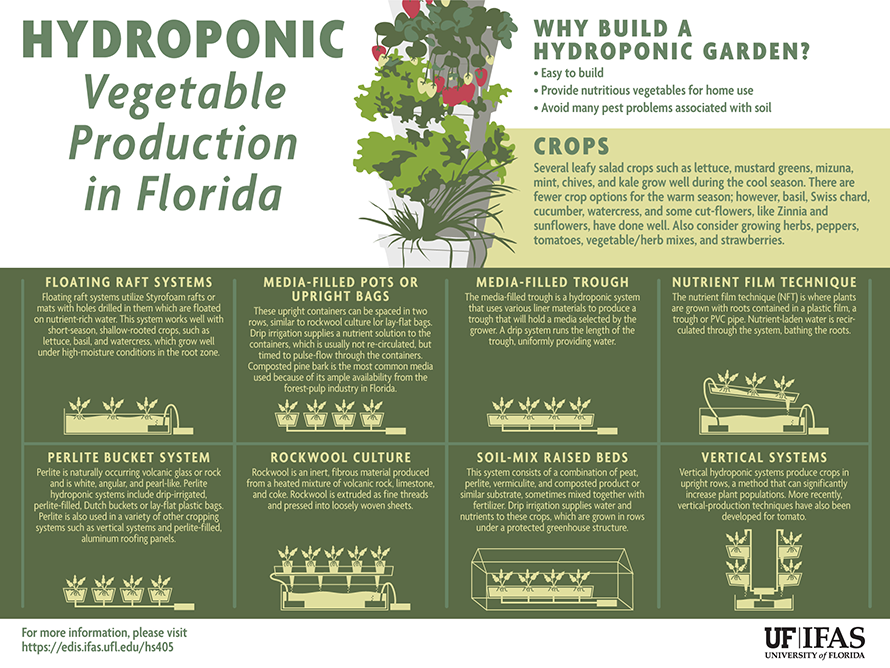Discover Just How To Maintain A Growing Environment After Tree Elimination
Discover Just How To Maintain A Growing Environment After Tree Elimination
Blog Article
Web Content By-
When it pertains to seasonal tree care, making certain correct monitoring prior to and after elimination can dramatically affect the wellness and aesthetic appeals of your landscape. By comprehending the needed steps associated with assessing tree wellness and getting ready for removal, you can proactively protect your property. However what regarding the important practices to adhere to when the tree is gone? Keep tuned to uncover the crucial post-removal care steps that will assist you grow a thriving and sustainable atmosphere for your trees.
Pre-Removal Tree Care
Prior to attending to the elimination of a tree, it's essential to prioritize pre-removal tree care. Beginning by analyzing the tree's wellness and structural stability. Seek signs of illness, insect invasions, or any kind of architectural concerns that may position a safety hazard throughout elimination. It's important to talk to a licensed arborist to identify the very best strategy.
Pruning dead or unhealthy branches can prevent further damage to the tree and make sure a smoother elimination process.
Furthermore, take into consideration the ecological effect of eliminating the tree. Trees play a vital function in our environment, so planting a new tree in a suitable place can assist counter any kind of loss. Ensure that you have the needed licenses and permissions for tree elimination, specifically if the tree is protected by local regulations.
Seasonal Upkeep Tips
Analyzing your tree's requirements throughout the year is critical for its wellness and durability. To maintain your trees in top condition, follow these seasonal upkeep ideas.
In springtime, concentrate on trimming to remove dead or broken branches and encourage brand-new growth.
Summertime calls for regular watering, particularly throughout droughts, to ensure your tree stays hydrated.
As loss methods, keep an eye out for very early indicators of illness or stress, and consider applying mulch to shield the roots during wintertime.
In winter months, be cautious when getting rid of snow from branches to avoid breakage, and continue to check your tree's total health.
Bear in mind to change your treatment routine based upon the details requirements of your tree species and local environment. By remaining attentive and aggressive throughout the periods, you can help your trees grow and prosper for many years to come.
Post-Removal Tree Care
To make sure the wellness of your landscape also after tree elimination, proper post-removal treatment is necessary. After a tree is gotten rid of, it's vital to fill the continuing to be opening with topsoil and compact it to stop settling. https://howtostoptreestumpfromspr05059.creacionblog.com/30162128/detailed-guidelines-for-selecting-the-right-stump-grinding-solution will aid keep the integrity of the ground and avoid prospective risks in the future.
Consider planting new plants in place of the gotten rid of tree to bring back the balance and looks of your landscape. Regularly water the location to promote the growth of new plants and prevent soil erosion.
Check related webpage surrounding trees for any type of indications of disease or tension that may have been triggered by the gotten rid of tree. Keep an eye out for insects that may've been brought in to the previous tree and take preventive measures to protect the staying greenery.
If needed, speak with a professional arborist to analyze the influence of the removal on the bordering trees and establish any added treatment needed. By adhering to these post-removal treatment actions, you can make sure the ongoing health and wellness and beauty of your landscape.
Final thought
In conclusion, aggressive seasonal tree treatment is important for preserving the health and wellness and equilibrium of your landscape. By examining tree health, pruning, and speaking with an arborist prior to removal, you can make certain a secure process. After elimination, filling up the hole, planting new vegetation, and normal watering will promote new growth and protect against erosion. Keep in mind to check bordering trees for disease and look for additional treatment actions from an arborist to keep your landscape prospering.
